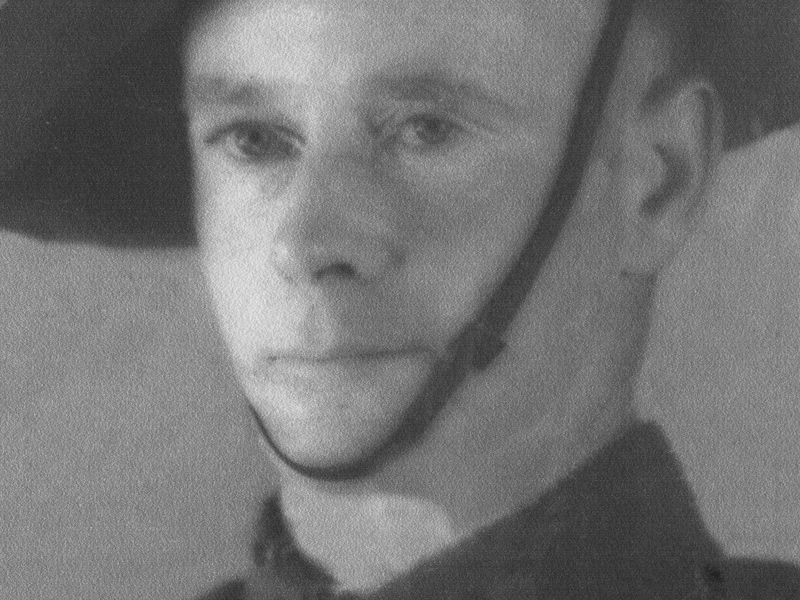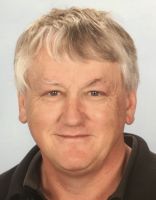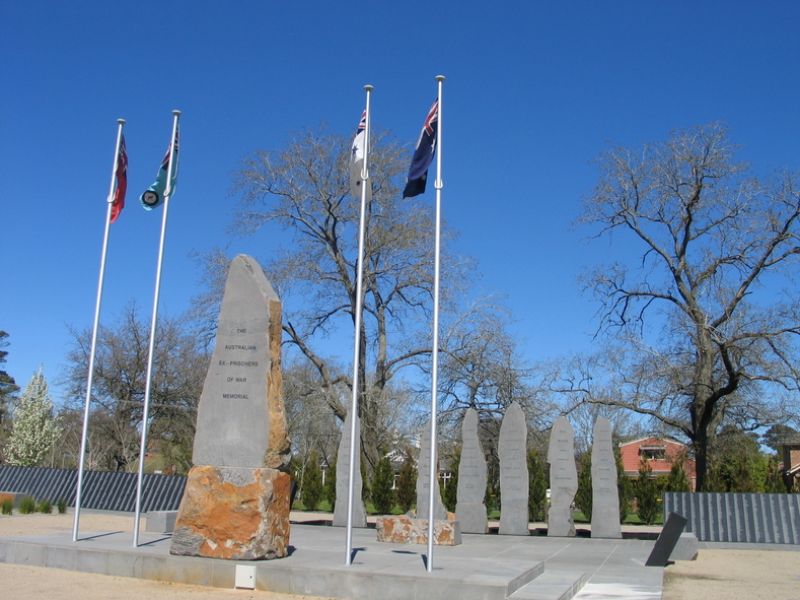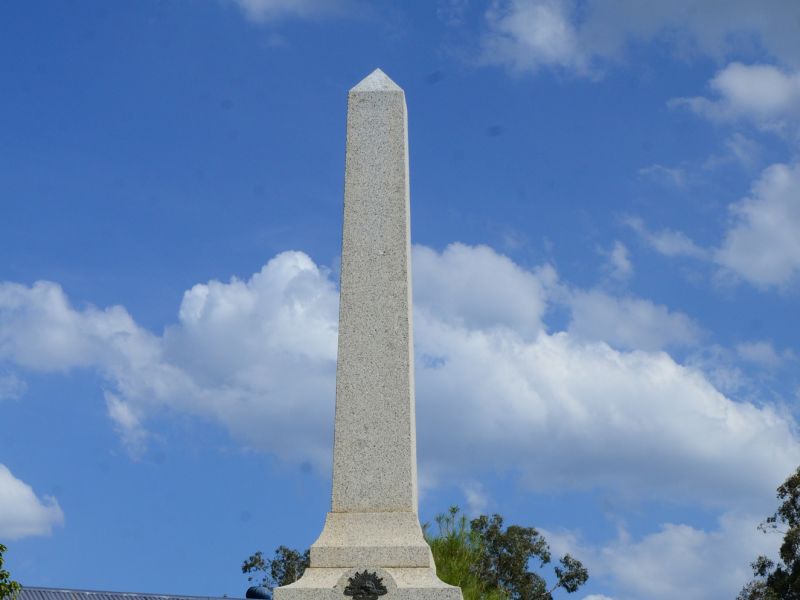Frederick John Wake
Fred was born at Fareham, Hampshire in the UK on the 15th of January 1913. He would be the eldest of six children to Reginald Henry and Ellen Elizabeth Wake.
In November of 1928, Reginald and Ellen emigrated with their six children to Fremantle in Western Australia. By 1934 the family was living in Coolamon in the Riverina with a move to Corryong in the Upper Murray by the early 40s.
At the age of 22, Fred married Leah Jenny Jackson at Narromine in NSW. At the time of Fred enlisting in the 2nd AIF the couple were living at 6th Avenue in Narromine.
Fred underwent his medical examination in Wangaratta on the 11th of June 1940 and took his oath of enlistment at Caulfield on the 2nd of July in that same year. He was posted to the 6th Training Battalion, based at Mt Martha on the Mornington Peninsula, on the 10th of July. After two months of initial training he was transferred to the 2/8th Training Battalion and then, on the 5th of December, the 4th Anti-tank Regiment at Puckapunyal. In mid-March he spent ten days in hospital with an infected finger.
On the 23rd of May 1941 the 4th Anti-tank Regiment embarked on HMAT Zealandia at Melbourne and arrived at Singapore on the 9th of June. The very next entry in Fred’s Service and Casualty Form is dated the 16th of February 1942 and simply says “Missing”.
Reading the Regiment’s War Diary can provide us with small snapshots of Fred’s life between the two last two dates in his service record. On the 16th of June 1941, Fred was one of twelve soldiers (two sergeants and ten gunners) that was part of the town piquet. A guard whose job it was to patrol the local town and ensure that all was well. Three days later he was down as one the members of the fire piquet. On the 21st he was listed as being on the guard group for the camp. By the 30th of June he was back on the town piquet and so it went, month by month.
Each Battalion followed a training syllabus. The 4th Anti-tank covered topics such as gun and vehicle maintenance, battery exercises, first aid and treatment of wounds, camouflage techniques and physical training. They would also sharpen their skills with personal weapons.
By July the Regiment was based at Tampin, over 200 km north-west of Singapore, along the western coast of Malaysia. On the 6th of September, an advanced party from the Regiment moved 25 km south to the town of Malacca to prepare a new camp based at the High School. Training continued with some short periods of leave being taken. A popular spot was Tanjung Bidara beach. It is apparent that some of the native population were not pleased to have Commonwealth troops stationed nearby. On the 28th of November a group of natives attacked a number of AIF troops with stones and bottles being thrown. A few injuries were sustained by the Diggers however the incidents were quelled by local Police and the AIF town piquets.
On December the 6th the Regiment received the codeword “Raffles” and this put the unit at first degree of readiness. By late afternoon the 13th Battery had moved to Kluang aerodrome 100 km north-west of Singapore, the 15th to Mersing and the 16th to Jemaluang both locations being on the east coast of the Johore Peninsula. Over the course of the following month, the Batteries and individual Troops within the Batteries, underwent changes of positions along the Peninsula. At 0730 hours on the 14th of January, L Troop of the 16th Battery engaged Japanese forces, destroying 6 Japanese light tanks.
Over the next four weeks the Regiment would undertake a fighting withdrawal down the Johore Peninsula until, on the 11th of February at 2030 hours, a ceasefire was declared. The Regiment formed up on the Tanglin Golf Links just near the Singapore Botanic Gardens and surrendered. The casualties suffered by the Regiment during the campaign were 11 killed in action, 34 wounded and 37 missing.
Initially, the men of the 4th Anti Tank Regiment were taken to Selarang Barracks at Changi. By May of 1942 the Japanese needed men to work on the Burma-Thailand Railway. It’s not known exactly what camps Fred went to along the railway, although it is known that he was at the Kami Song Kurai Camp, as this is where he died.
This camp was located a short distance from Three Pagodas Pass and the border with Burma. It was one of the most remote camps that Australians occupied on the Burma-Thailand railway. Being a remote camp, the facilities here were even worse than those at other camps. Rations were grossly inadequate and there was very little in the way of medical supplies. The area between the huts and the river that flowed nearby would turn into a filthy quagmire of green mud.
Fred’s records indicate that he contracted topical ulcers. With no footwear and little in the way of clothes, even a small scratch from a stick could turn into a tropical ulcer. Fred passed away on the 3rd of October 1943. Malnutrition would have also contributed to his death. He was initially buried in the cemetery at the camp, however after the war, when the Allies were trying to consolidate the locations of war cemeteries, he was reburied in the Thanbyuzayat War Cemetery in Myanmar.
Fred is remembered on the Australian War Memorial Roll of Honour, the Ex-Prisoners of War Memorial at Ballarat, the Narromine War Memorial, and the Corryong War Memorial. For his service, he was awarded the 1939-1945 Star, the Pacific Star, the Defence Medal, the War Medal 1939-1945 and the Australian Service Medal 1939-1945.

 Stephen Learmonth
Stephen Learmonth

